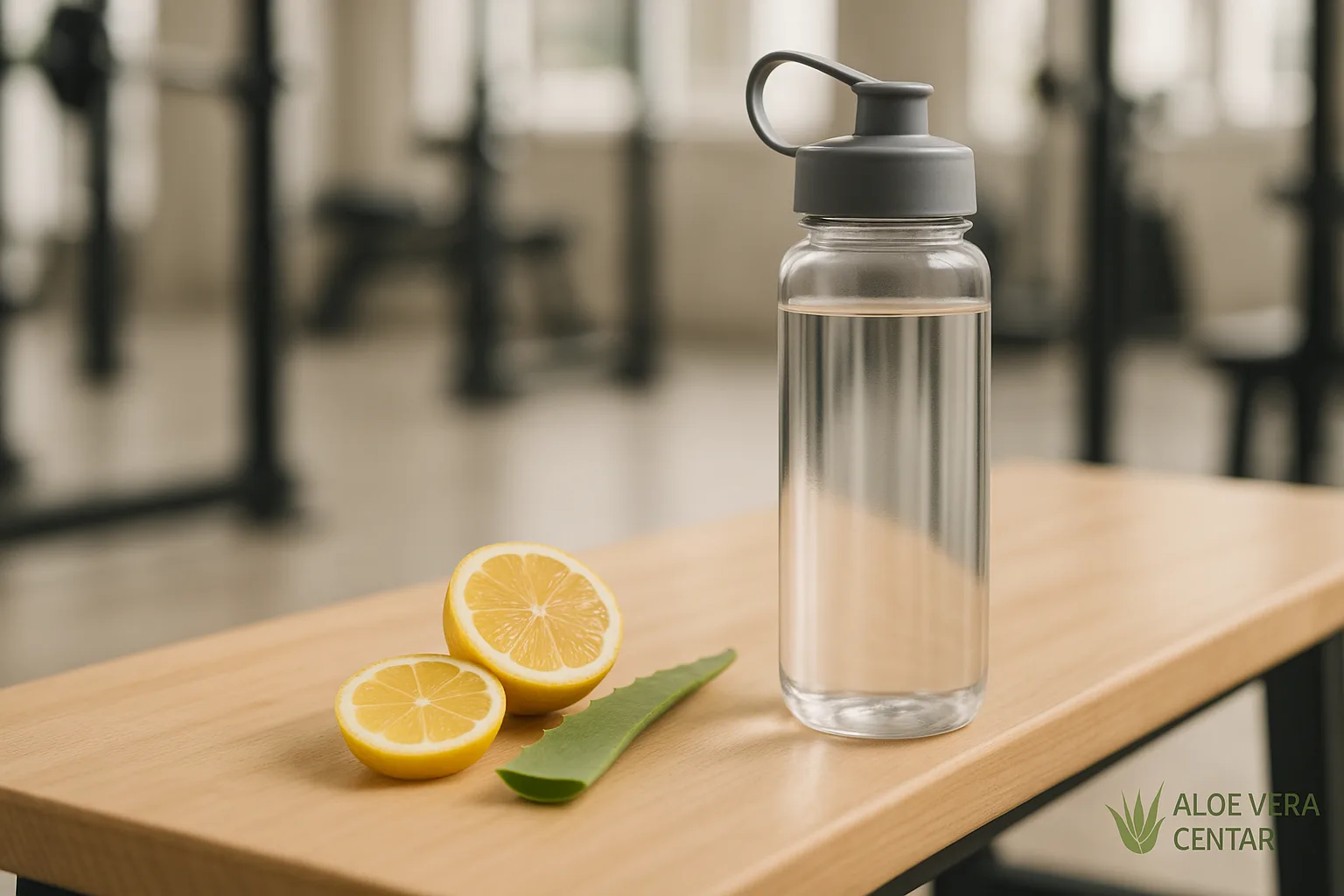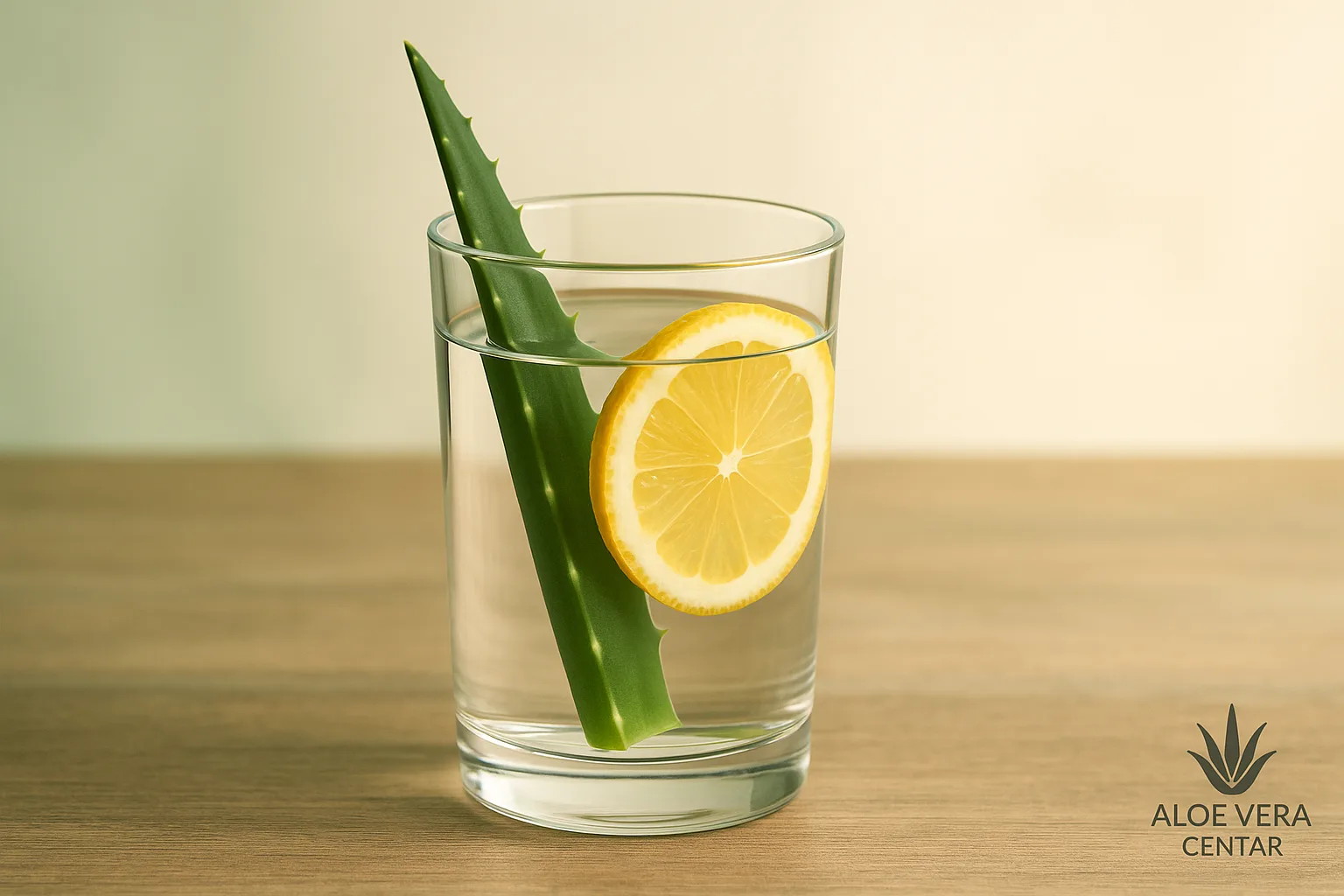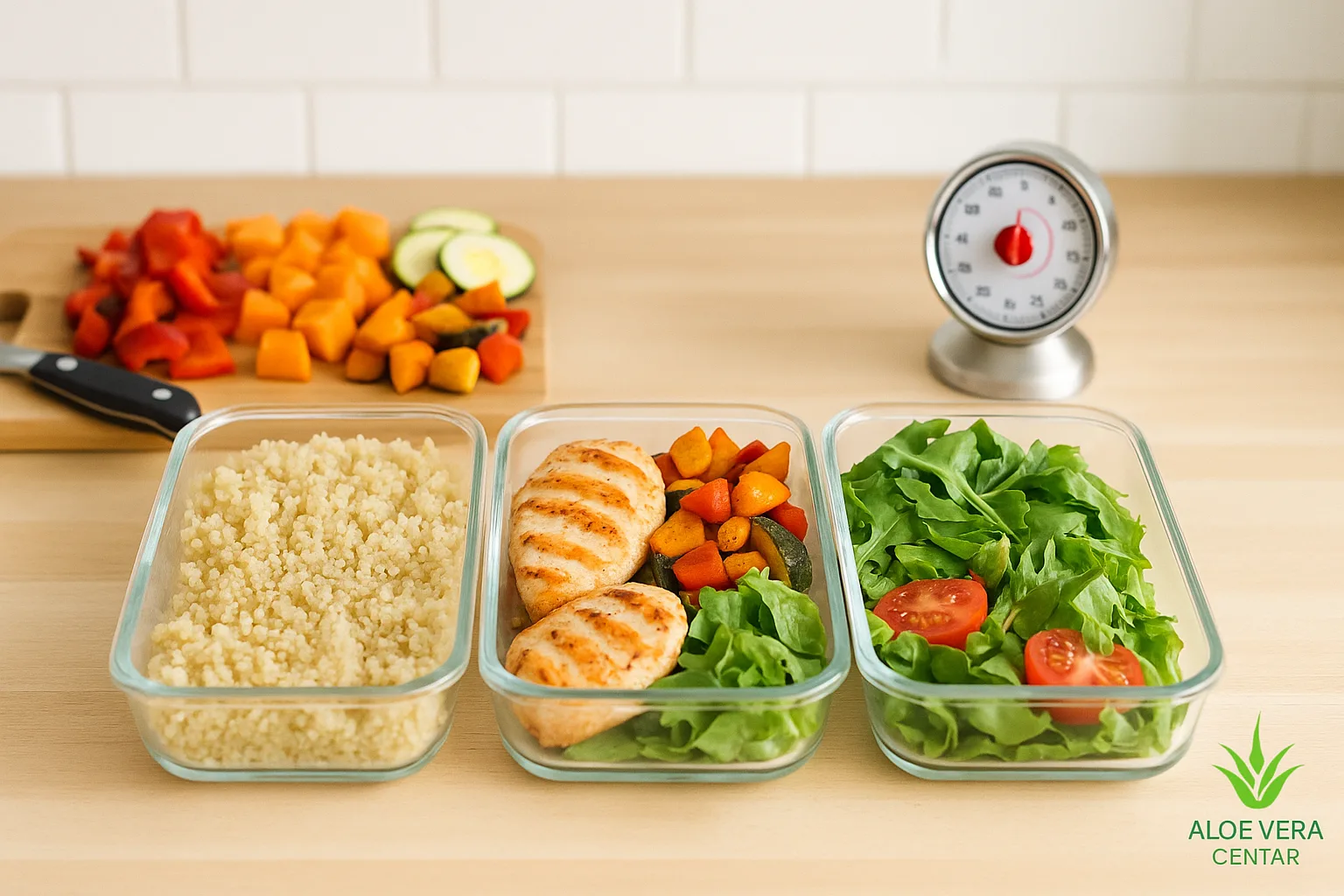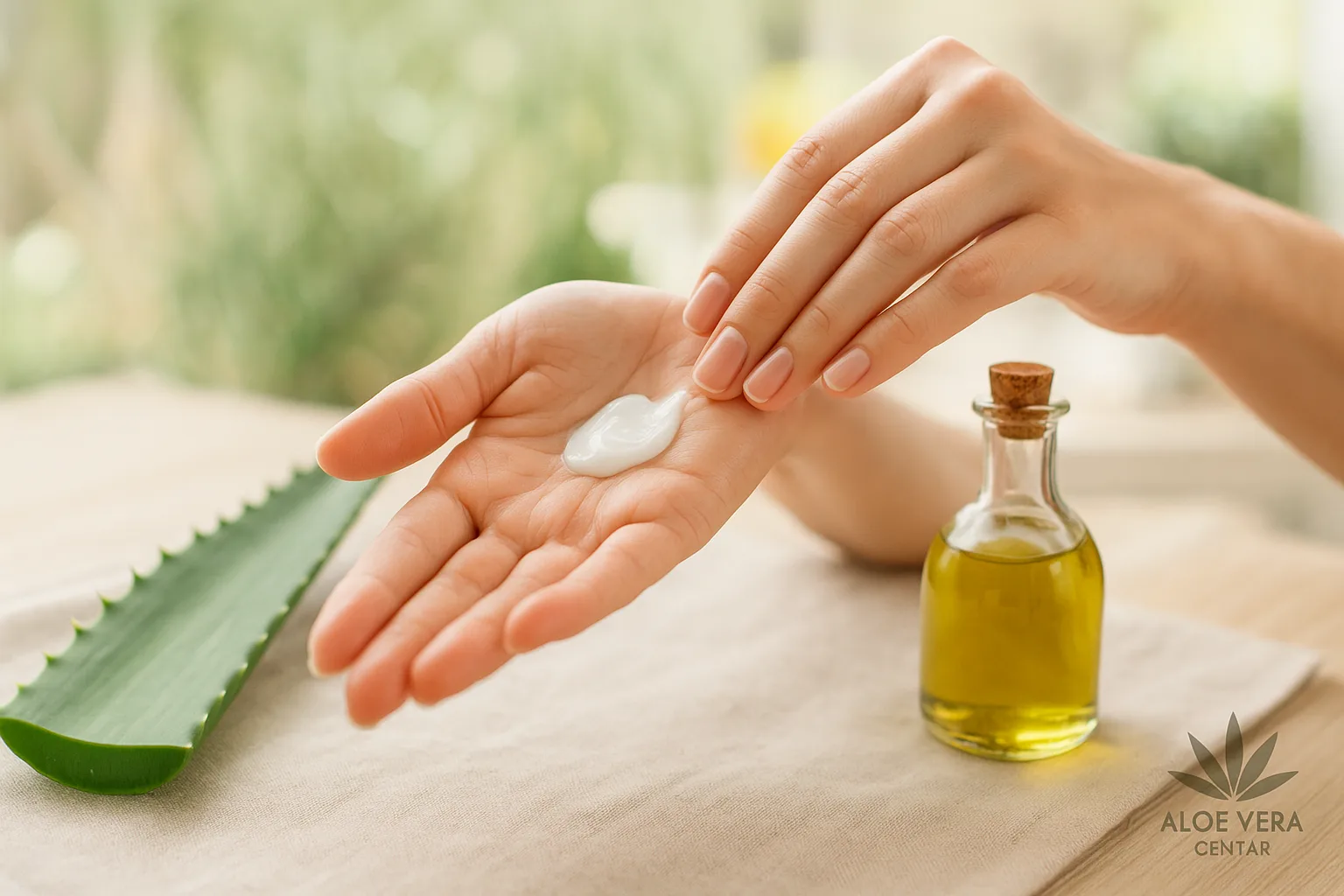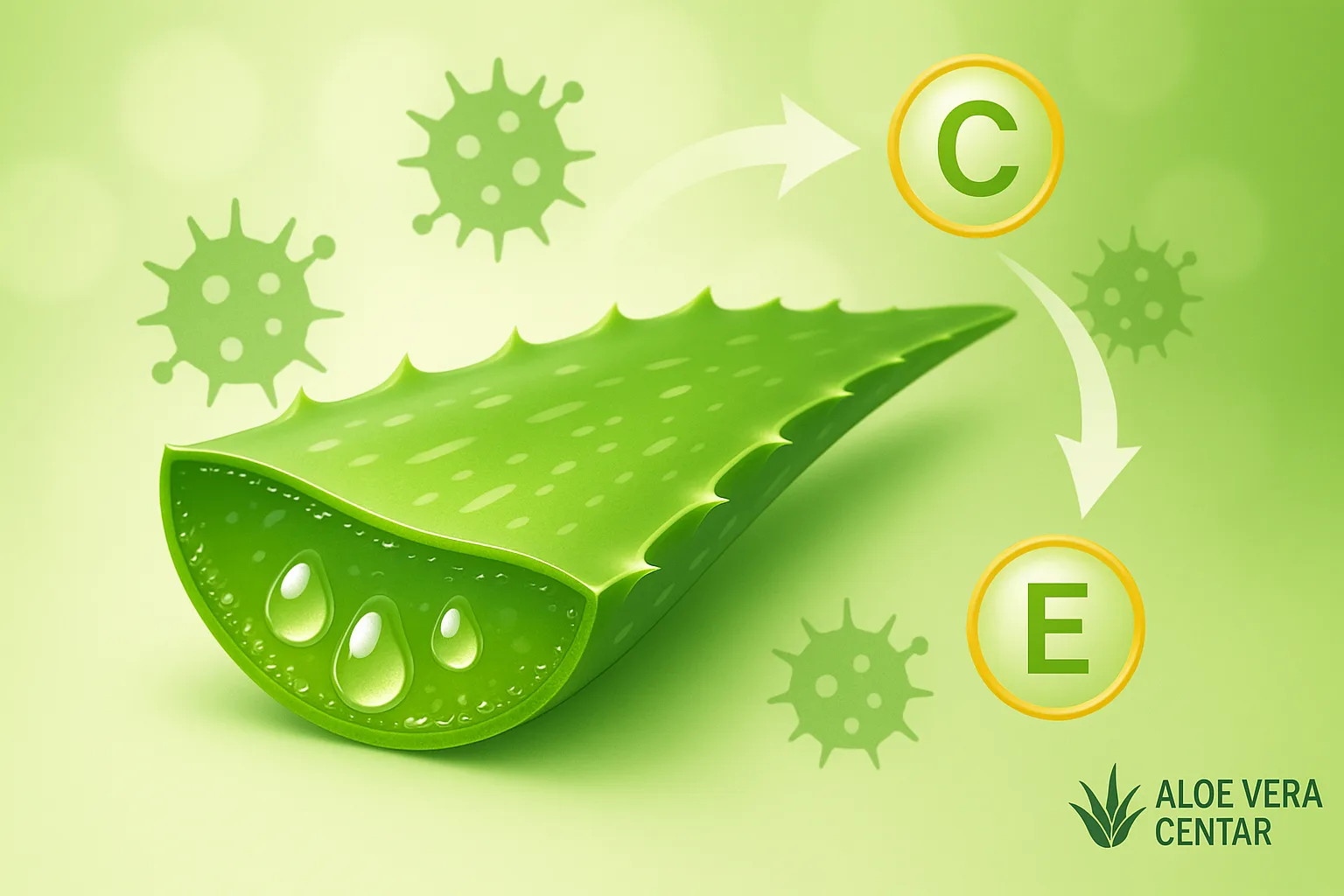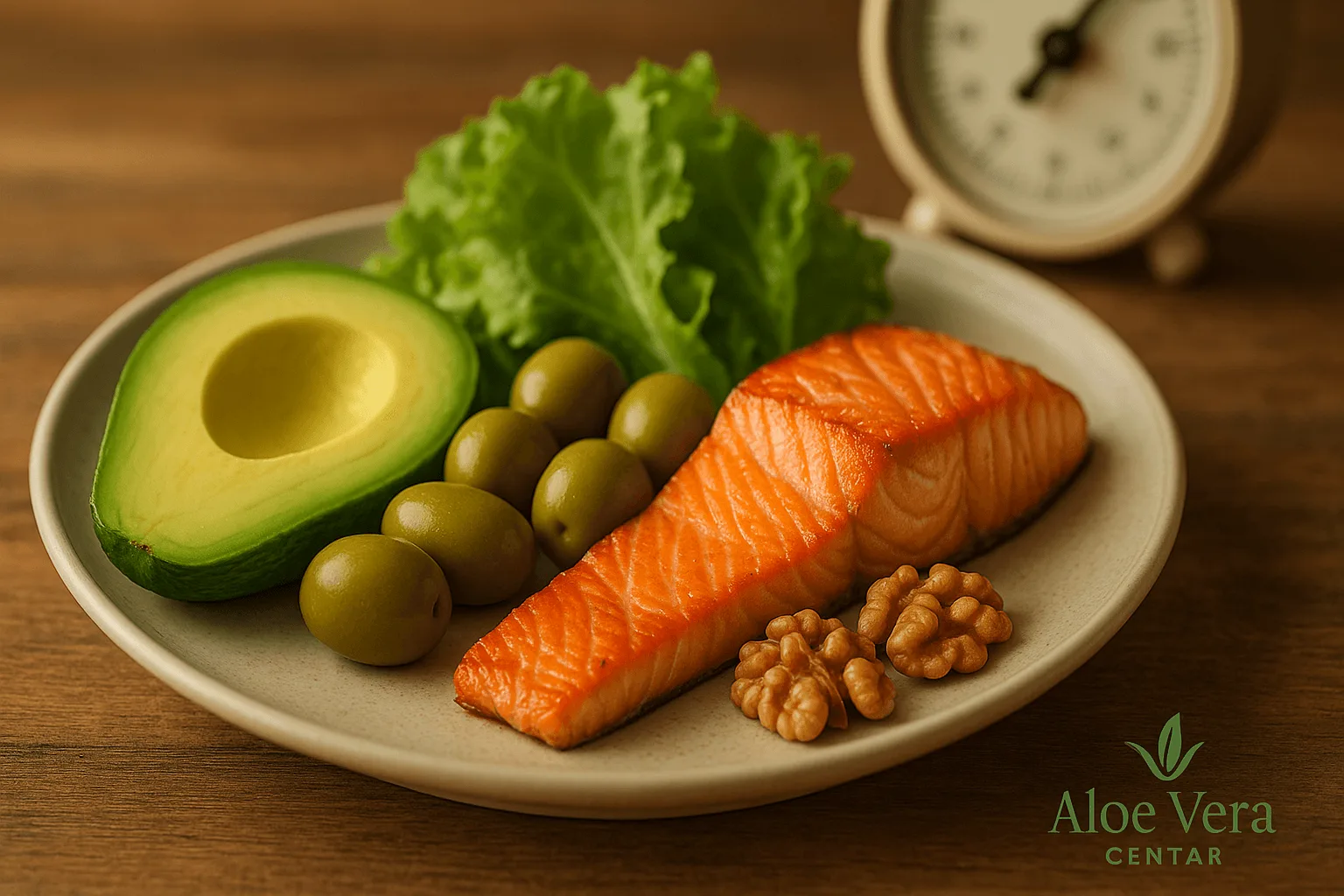
Keto diet: menu for 7 days, recipes and experiences for a successful ketogenic diet
Keto diet: A guide to the ketogenic diet, a 7-day menu and experiences
The keto diet has become a real hit in recent years among those who want to get rid of excess weight, increase their energy levels, or simply experience a different approach to eating. You may be wondering why so many people decide to follow this seemingly quite restrictive diet? Here’s the thing: when the body stops getting most of its energy from carbohydrates, it enters a so-called state of ketosis and begins to burn its own fat stores as its main source of energy. But that’s not all… Those who follow the keto diet often report that the keto diet keeps them fuller longer, helps regulate their appetite, and gives them mental clarity. Sounds too good to be true? Keep reading and discover how the keto diet works, how the ketogenic diet is implemented in practice, and what a 7-day keto diet menu looks like. We’ll also take a look at the most common keto diet experiences , highlight the advantages and possible disadvantages, and recommend some Forever products that fit perfectly into the keto diet (but without the entire text sounding like an advertisement). In addition, we will discreetly look at the possibilities of rapid weight loss with the C9 detox program.
What is the ketogenic diet and why is it so popular?
The ketogenic diet , or keto diet for short, involves a very low carbohydrate intake (usually under 50 grams per day), moderate to high protein intake, and high fat. The goal is to “starve” the body of carbohydrates in order to initiate the process of ketosis – a metabolic state in which the body begins to break down its own fat reserves into molecules called ketones. These ketones are then used as fuel for the muscles and brain.
What does this look like in practice? If a standard diet assumes about 50-60% of energy from carbohydrates, 20-30% from fat and the rest from protein, the keto diet practically turns this around: up to 70-80% of total calories come from fat, while only 5-10% from carbohydrates. Protein usually makes up 15-25% of total energy intake. And do you know why it is attractive to many? Because this radical shift in macronutrients often leads to rapid weight loss, at least in the first few weeks. That is why some talk about a “miracle” diet, but the truth is that success depends on your persistence and adapted habits.
If you want to further explore the practical aspects of the keto diet and tips directly related to the keto diet, be sure to check out the article that describes the menu, ingredients, and recommendations for success in more detail. There you will also find additional tips on meal planning, which can be very useful if you are a beginner.
How does the keto diet affect the body and brain?
Many people initially ask, “Why would I deprive my body of carbohydrates when it uses them as its primary source of energy?” In fact, the keto diet turns things upside down: instead of burning glucose from carbohydrates, your body in a state of ketosis produces ketones in the liver, breaking down fatty acids. Ketones become the primary source of fuel for your brain and muscles, with glucose only present in trace amounts.
In fact, the body can function well on ketones – many people claim that this drive brings them “mental clarity”, less of a “sugar crash” and stable energy levels throughout the day. Scientific research suggests that the ketogenic diet can help regulate blood sugar and even reduce inflammation in the body. On the other hand, switching to this regimen can be challenging; in the first few days or weeks you may experience the so-called “keto flu” – headaches, lack of energy and irritability, which is a normal phase while the body adapts to a new energy source.
Keto diet menu for 7 days: examples and ideas
One of the most common challenges is to create a keto diet menu and “cut out” almost all carbohydrates, while at the same time eating enough variety so that you don’t get bored of everything in two days. Don’t worry – it’s possible to create delicious meals even with a limited selection of ingredients. Let’s take a look at a 7-day keto menu as an example. Of course, you can always adjust the quantities according to your needs and preferences:
Day 1 (Monday)
- Breakfast: Egg omelet, spinach, parmesan and olive oil
- Lunch: Green salad (lettuce, cucumbers, olives) with chicken and olive oil dressing
- Dinner: Oven-baked salmon, broccoli sautéed in butter
Day 2 (Tuesday)
- Breakfast: Greek yogurt (full fat) with chia seeds and a few raspberries
- Lunch: Tuna salad (tuna, low-carb mayonnaise, celery, red onion)
- Dinner: Chicken in cream sauce, zucchini and mushrooms
Day 3 (Wednesday)
- Breakfast: Bulletproof coffee (coffee + butter or coconut oil + cream)
- Lunch: Baked cauliflower with cheddar cheese and pancetta
- Dinner: Beef steak, lettuce, avocado
Day 4 (Thursday)
- Breakfast: Scrambled eggs with mushrooms, olive oil, feta cheese
- Lunch: Bone broth and mixed low-carb vegetables (kale, bell peppers)
- Dinner: Ground beef burger (no bun) with cheddar cheese and roasted eggplant
Day 5 (Friday)
- Breakfast: Smoothie made with almond milk, forest fruits and protein powder (low-carb)
- Lunch: Salad with chicken or turkey, tomatoes, olives and olive oil
- Dinner: Oven-roasted sea bass with butter, Swiss chard with garlic in olive oil
Day 6 (Saturday)
- Breakfast: Full-fat cheese (e.g. mozzarella) and prosciutto, olives
- Lunch: Baked zucchini with minced meat and cream cheese
- Dinner: Beef soup with low-carb vegetables (small amount of carrots, celery, parsley), coleslaw
Day 7 (Sunday)
- Breakfast: Protein shake with Forever Lite Ultra Vanilla (with minimal carbs), almond milk and a little flaxseed
- Lunch: Ground beef with mushrooms and tomato sauce (no added sugar), zucchini “pasta”
- Dinner: Chicken skewers with peppers and onions (grilled), green salad with avocado dressing
This 7-day keto diet menu is just a starting point. Keto recipes can be very diverse: from “keto cookies” made with almond flour to cakes sweetened with erythritol. It is important to keep an eye on your total daily carbohydrate intake – watch out for hidden sources like sauces, dressings and processed meats. If you are someone who likes detailed grocery lists, you may want to take a look at healthy recipes and adapt them to low-carb options.
Experiences with the keto diet: advantages and disadvantages
For some, switching to a keto diet is the best decision they’ve made, while others have had bad experiences due to improper use or health restrictions. What things are mentioned most often?
1. Rapid weight loss
One of the biggest benefits people report experiencing on the keto diet is rapid weight loss in the first few weeks. Much of this weight loss is water weight (due to reduced glycogen stores), but after that, the body continues to store heat and fat. People also appreciate the stable blood glucose levels, which prevents hunger pangs and sugar cravings. The key here is to plan your meals well to stay within your carb limits and avoid “mindless” snacking.
2. Keto Flu and Adaptation
“Keto flu” is a term that describes a set of symptoms (headache, fatigue, irritability, muscle cramps) as the body adjusts to a new source of energy. It lasts from a few days to a few weeks. Many of these difficulties can be alleviated by increasing your intake of electrolytes (sodium, potassium, magnesium) and staying hydrated. For example, drinking water with a pinch of salt or taking electrolyte supplements can help you avoid feeling too much of a “crash” in your energy.
3. Long-term effects
For some people, the keto diet becomes a permanent lifestyle, while for others it’s just a short-term weight loss diet. It all depends on your personal priorities and how satisfied you are with this diet. In the long run, it’s a good idea to monitor your cholesterol levels, liver enzymes, and overall health. If you feel great, it’s easy to continue, but if the lack of carbs causes you chronic fatigue or social difficulties (e.g., dinners with family or friends), you might want to opt for a different eating plan or at least “cycle” your carbs occasionally.
Recommended Forever products for the keto diet
During the adjustment phase and later maintenance of the ketogenic diet, it helps to have some practical accessories. We mentioned Forever Lite Ultra Vanilla earlier as a low-carb protein shake – it’s handy for breakfast or “crisis” situations when you need a quick meal without too much sugar. There are other Forever products worth noting:
- Omega-3 fish oil: Forever Arctic Sea Omega offers a quality ratio of EPA and DHA fatty acids that can provide additional support for the brain and heart, and fit into the keto diet macronutrients.
- Electrolyte supplements: A good intake of electrolytes helps to avoid the “keto flu”. If you can’t cover everything from food, look for products with magnesium, sodium and potassium. (Don’t forget that Forever Fiber can also be helpful, but be careful with the amount if you’re on a strict carb diet.)
Regardless of the products, it’s crucial to always read labels and check the carbohydrate content – “hidden” sugars can secretly disrupt your keto diet.
C9 detox as a quick start
While the keto diet has its own logic and effectiveness, sometimes people want an initial quick result to gain motivation. This is where the C9 detox program fits in discreetly, known for losing up to 8 kilograms in nine days. Of course, some of that weight may be water and glycogen, but a good number of people report significant and visible improvements in their physique, so it’s a fantastic “kickstart”. Then, after the C9 detox phase, you can gradually start introducing the keto diet – or vice versa, if you’re already on the keto path and want a shorter “shock therapy” for a better initial effect.
Of course, C9 is designed as a short-term program for intensive cleansing and weight loss, while the keto diet is generally a longer-term eating style. Both strategies have their place, and what works best for you depends on your goals, time, and preferences.
Frequently Asked Questions
What side effects can I expect from the keto diet?
The most common is the so-called “keto flu” – a combination of headache, fatigue, irritability and possible nausea during the first days of adapting to ketosis. It is alleviated by drinking enough water, electrolytes (sodium, potassium, magnesium) and adjusting the amount of protein. Some people have problems with digestion (constipation or diarrhea), so be sure to include enough fiber and avoid an overly restrictive version if that does not suit you.
Is the keto diet suitable for everyone?
No. People with certain medical conditions (e.g., type 1 diabetes, kidney disease, pregnant women, nursing mothers, chronic conditions) should consult a doctor before switching to a strict ketogenic diet . For most healthy adults, keto can be an option, but it is important to monitor blood counts, cholesterol, and electrolyte levels, especially over a long period of time.
Can I eat fruit on a keto diet?
Fruit mostly contains a lot of natural sugars (fructose), which is not ideal for a keto diet . However, some berry types (e.g. raspberries, strawberries, blueberries) in smaller quantities can fit in, especially if you pay attention to the total daily intake of carbohydrates (usually up to 20-50 g). Citrus fruits and bananas have more sugar, so they are more difficult to fit into a strict keto diet.
Can I combine keto and intermittent fasting?
Many people have found success combining the keto diet with intermittent fasting (e.g., 16/8) because both strategies promote fat burning. It can be challenging at first, but with good meal planning and electrolyte supplementation, some report even faster results in weight management and energy levels. The key is to listen to your body’s signals.
Conclusion
The keto diet can be extremely effective for weight loss and improving energy levels, but it requires adaptation and good organization. When implemented correctly, the ketogenic diet promotes the burning of fat deposits, stabilizes blood sugar levels and reduces sudden attacks of hunger. However, it is not suitable for everyone – you need to assess your own readiness for high fat intake and very low carbohydrate intake, as well as potential side effects. Fortunately, there are supplements like Forever Lite Ultra Vanilla (a low-carb protein shake) or Forever Arctic Sea Omega that fit nicely into the keto diet , and can help maintain nutritional balance and alleviate initial difficulties.
If you want to go more intensively and lose up to 8 kilograms in just nine days, you can discreetly try the C9 detox as an introduction to the transformation. After that, you can gradually switch to the keto diet for long-term maintenance of the gained line. If you want personalized advice and deeper insight into the products that would suit you during the keto adjustment, use our AI advisor and save time. And if you are already ready to shop and start a new lifestyle, get a 15% discount and get the supplements that will make your keto journey easier.
Finally, remember that every body is different. While keto brings quick success and vitality to some, it can be too much of a challenge for others. It’s best to approach it wisely and with understanding, follow the keto diet experiences of other users, and adjust according to your own needs and body reactions. Good luck with your keto recipes , menu, and new eating habits!
If you want to explore practical tips, foods, and a detailed keto meal plan further, read our article Keto Diet – A Guide to Nutrition and Meal Planning. There you’ll find more useful information to help you navigate the world of the ketogenic diet and successfully begin your journey towards better energy and weight management.
Disclaimer: This article is for informational purposes only and is not a substitute for professional medical advice. If you have existing health problems or are taking medication, it is recommended that you consult a doctor or nutritionist before making drastic changes in your diet.


